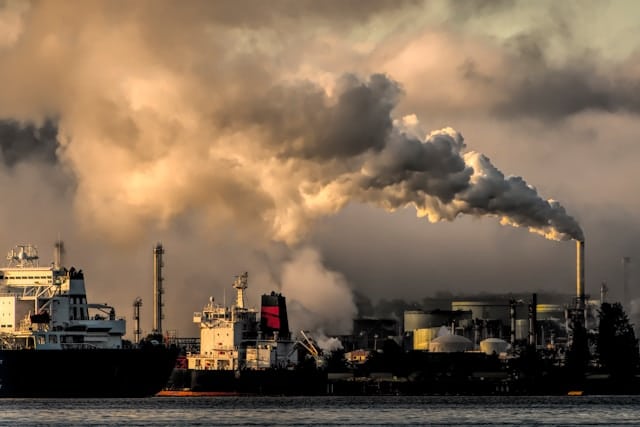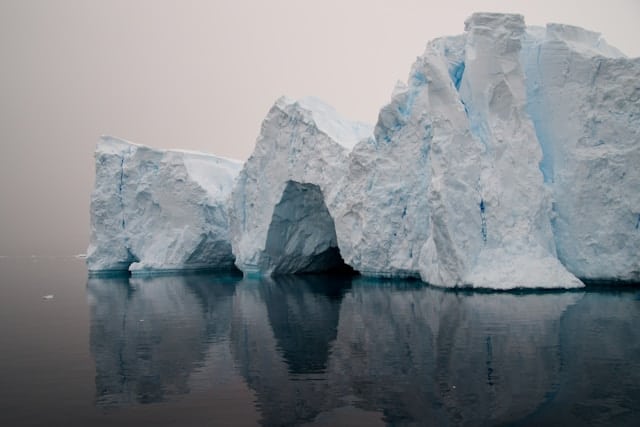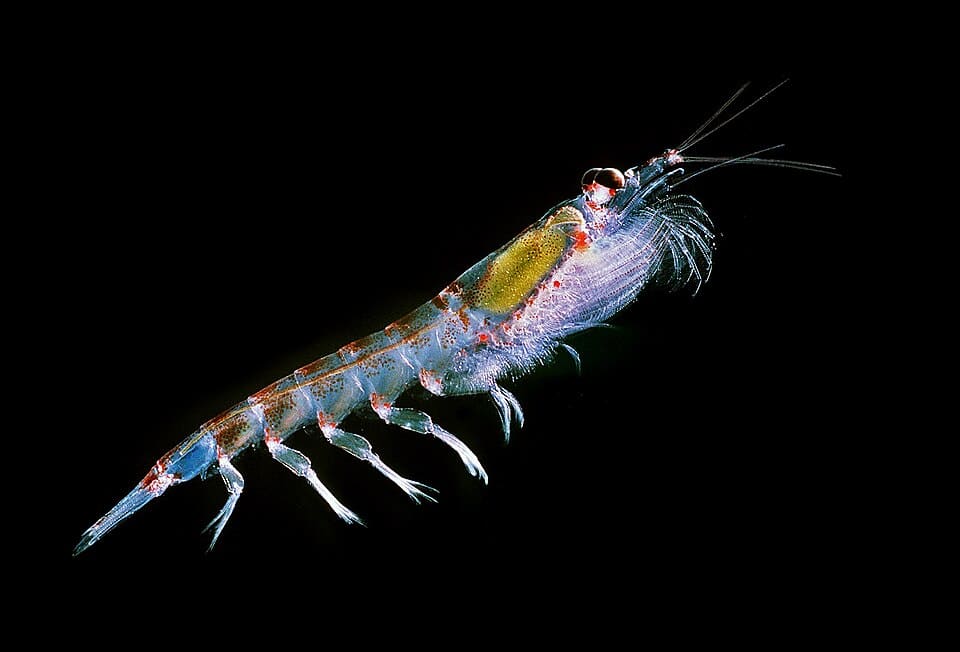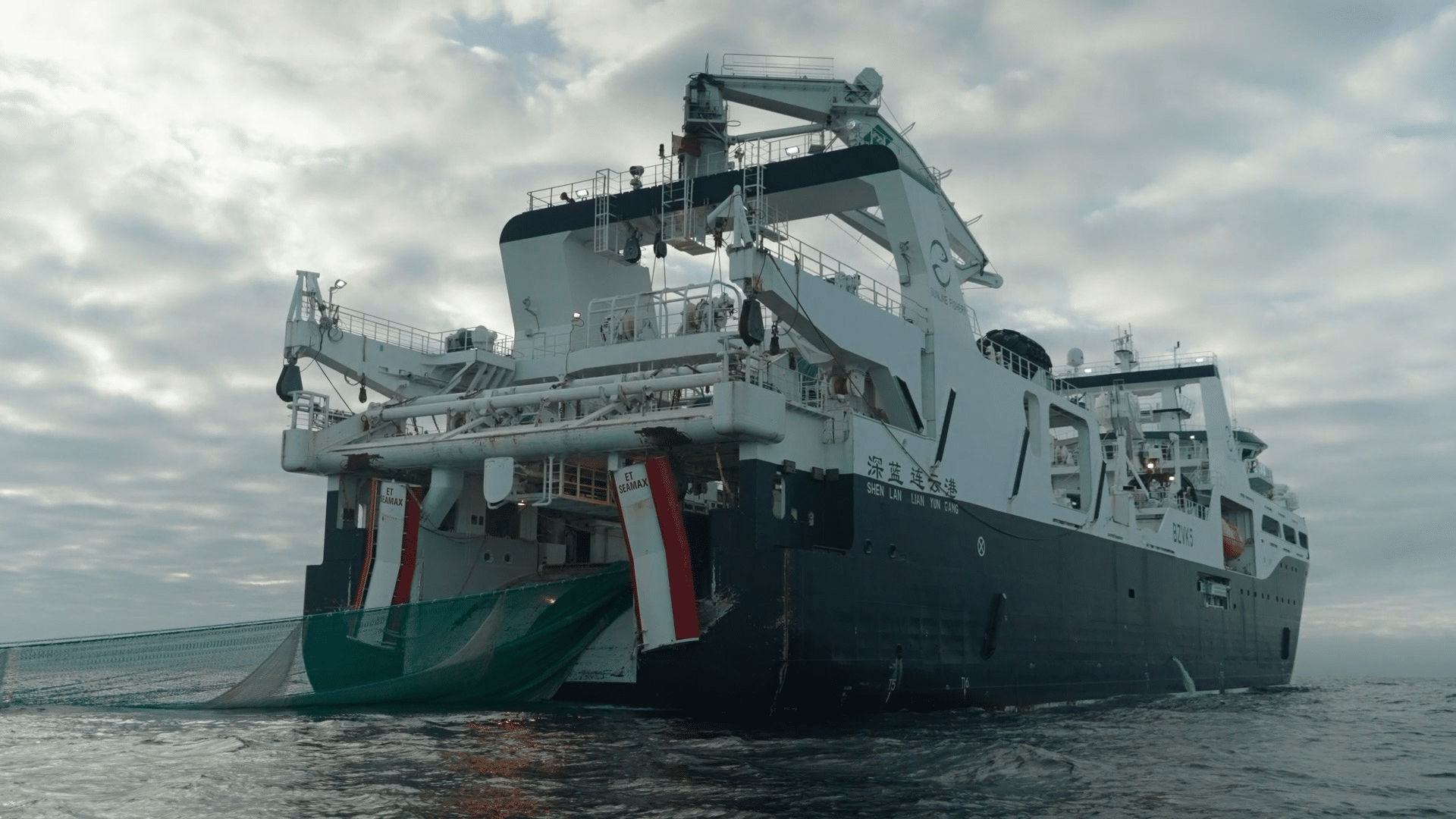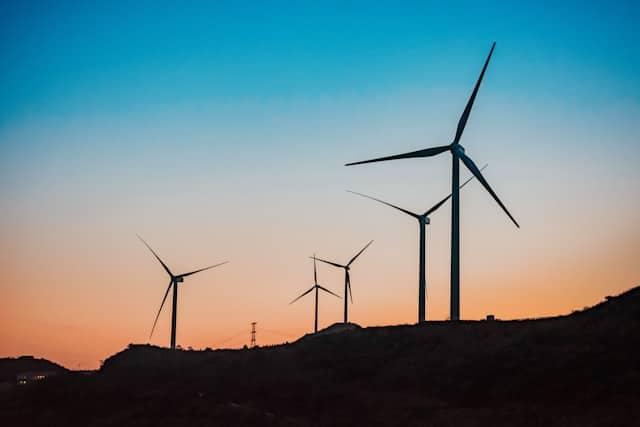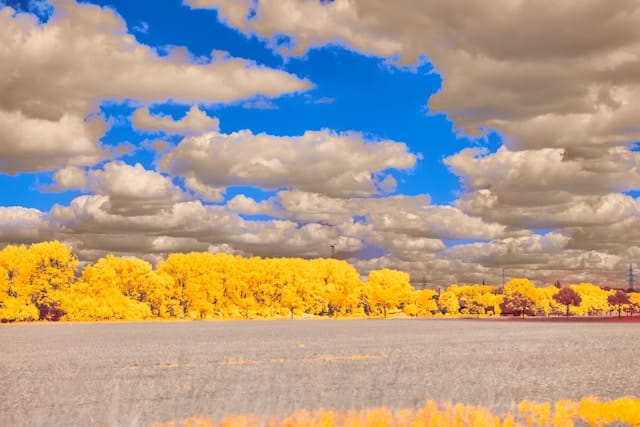
UK National Emergency Briefing Wakes Up World
By Robert Hunziker
An impressive display of world class scientists recently (Nov. 27th) held a UK National Emergency Briefing, informing the world of impending climate change disaster scenarios that can no longer be ignored. A war-time footing is necessary. Ten of the UK’s leading experts briefed politicians, business leaders, faith, sport, and the media in a marathon session.
The British are dead serious about the deleterious impact of climate change and intend to alert the public to this existential threat to civilization. Eighty-one (81) Members of Parliament and fifty-two (52) Peers attended the session headed by the UK’s chief scientific advisor, explaining why the UK must take emergency-level action like a war-time scenario. There were 1,200 invite-only attendees at the session. A 45-minutte documentary of the event is in the production stage.
Opening remarks by Professor Mike Berners Lee, Lancaster University, Sustainability Expert, Chair of the session: “For an understanding of the root causes of the most serious crisis that will ever impact our species we need people. We need to trust them because they are telling us the truth…. The information that we’re going to be looking at is extremely serious, urgent, and it affects us all here in the UK. That is why we’re calling this a National Emergency Briefing…. In the words of James Baldwin: ‘Nothing can be changed until it is faced.’ COP30 recently ended without any progress on fossil fuel emissions, in fact, the words ‘fossil fuel’ were stripped from the proceedings. We desperately need to reset the narrative on climate change and wipe out misinformation.”
The original video of the event d/d November 27th runs 3:05. Herein a sampling of excerpts of the first five speakers suffices to emphasize the critical nature of the subject prompting this emergency briefing. These excerpts are a combination of direct quotes as well as summaries of statements.
Excerpts of First Four Speakers:
Chris Packham, UK Naturalist: We are the only known life forms in the universe, and we’ve got nowhere else to go. This little blue planet is where we will either live in harmony with the environment or we will destroy ourselves and much of other life too… Do we want it on our conscience that we waste everything? Why are we unbelievably pulling back from addressing the greatest crises to ever threaten our species, climate breakdown and biodiversity loss… climate denialism is a mainstream thing again thanks to well-oiled machines of the rich, powerful, and influential lobbyists from the fossil fuel and other industries. A dangerous wave of misinformation and lies fills our lives. But worse, it fills the lives of our decision-makers… the people who shape policy. For example, the petro states said “no” and thrashed COP30 because of the crazed consensus requirement that allows oil to say “no” and abort any movement against CO2 emissions. Fossil fuel companies are some of the biggest contributors to our politicians, especially the less scrupulous. And the media is failing to explain to the public “the gravity of our predicament.” We must listen to the science… if politicians ignore science, billions of lives are at risk. Politicians in the audience today must listen to the scientists and act accordingly.
Nathalie Seddon, Professor of Biodiversity, Oxford Martin School: Nature is not simply nice to have. It’s not a luxury. It’s critical national infrastructure. When we destroy and degrade it, we expose this country to escalating risks, e.g. floods, fires, heat waves, insecurity and economic instability. When we protect and restore it, we can build resilience. The living creatures that support our entire life system are breaking down. We are facing a national emergency not only because the climate is changing but because the living systems that regulate that climate, protect homes and feed our people are breaking down here in one of the most nature depleted nations on Earth. The facts are sobering. Only about ½ of UK biodiversity remains. Only 14% of rivers in England are in good ecological health as the result of chemical pollution, sewage discharge and erosion, and agricultural runoff choking the arteries of the landscape. When rivers fail, so does resilience to droughts, etc.. Only 7% of our woodlands are healthy, only 3% of our lands, and 8% of our waters are effectively protected for nature. Over 5 million properties in England are at risk of flooding. Additional national concerns due to degradation, misuse, and abuse of nature are itemized in this speech skillfully transitioning the errors of society and government to the need to follow public opinion, which strongly supports protecting nature and redirecting public funds from inadvertent harmfulness to positive embracing of nature within government policymaking.
Kevin Anderson, Tyndall Centre for Climate Change: Let me start by framing the problem as I see it. And it’s very much that CO2 concentrations in the environment in the atmosphere that are rising at unprecedented rates… across the last 800,000 years, CO2 varied by 100 parts per million but over the past 10,000 years it only varied by 20 parts per million. This gave civilization a very stable climate. Now, in a blink of geologic time we’ve increased, since 1850 from 280 to 424 ppm or +134 ppm in less than 200 years, burying 9,800 years of the perfect climate system, not too hot, not too cold. That is gone. Therefore, we must eliminate, not cut, fossil fuels or temperatures will continue to go up. We are headed for 2C by midcentury and 3C to 4C by 2100. The planet system cannot handle it. We are looking at systemic collapse of economies within a collapsing climate system. 1.5C is no longer a viable target because of failure to cut emissions, which is a very depressing admission. There is new evidence that we are warming up much faster than science expected, which adds to the urgency of taking action now.
The world needs to cut carbon emission by 13% per year to hold temps down to 2C. We need a profound shift in our social norms to accomplish that, and you can forget carbon capture and storage. After 30 years of promises to do the job, according to the CCS Institute, it’s managed to store less than 0.03% of all fossil fuel emissions after 30 years of promises by the ‘delay technology” groupies, like the oil and gas industry. These are false solutions designed to avoid meaningful legislation to cut back emissions. Timely technologies are required, e.g. retrofitting homes, more public transport, EV charging stations, zero carbon electricity.
It is now too late for nonradical solutions. There is no way other than revolutionary rates of change, and the rich, luxury class of living must give up its overallocation of resources. Remarkably, the top 1% of the population of high income/high emissions people give rise to twice the level of emissions as the bottom half of the world’s population. This statistic makes the case for revolutionary change. Put another way, the top 1% generate twice the greenhouse gas emissions as 4,000,000,000 people.
According to an article in Oxfam (not provided by Anderson but this is a fact-check of his !% statement; the Stockholm Environment Institute also participated in Oxfam’s study, and several other independent studies show variations of the Oxfam study; all similar, some showing less some more but all show vast inequity in carbon polluting by class status) Oxfam (est. 1942) Richest 1% Use Their Entire Annual Carbon Limit in Just 10 Days d/d January 10, 2025: “The richest 1% are responsible for more than twice as much carbon pollution than half of humanity, with devastating consequences… To meet the 1.5°C goal, the richest 1% need to cut their emissions by 97% by 2030… Governments need to stop pandering to the richest. Rich polluters must be made to pay for the havoc they’re wreaking on our planet… Tax them, curb their emissions, and ban their excessive indulgences —private jets, superyachts, and the like. Leaders who fail to act are effectively choosing complicity in a crisis that threatens the lives of billions.”
Kevin Anderson (cont.) We need urgent legislation to drive down energy use within that 1% group. And I would argue that the second prerequisite of Paris is that fair and deep reductions in energy use… This will deliver immediate and substantial cuts in emissions; it gives us critical time to put in place zero carbon technologies that are very important, and it releases the labor, the materials, the finance, and even the political capital we need to drive the clean revolution… affordable low carbon homes, high quality public transport, etc., we need to move the resources and labor that furnish the private luxury of a relative few of us like me and many of us here to the public well-being for all.
Tim Lenten, Global Systems Institute, University of Exeter: Tipping Points.
If we carry on with current trajectory to three or maybe four degrees centigrade, then we will definitely be in a national emergency. We’ll likely be at a tipping point with a climate that’ll make this country a very different uninhabitable place. There is plenty of evidence that we are headed toward several tipping points, which interact, causing widespread climate disruption. We’ve already crossed a tipping point with the world’s coral reefs that support the livelihoods of ½ billion people and protects coastlines from rising sea levels and storm surges.
An upcoming example of the most dangerous tipping point is AMOC, the Atlantic Meridional Overturning Circulation, which is already showing signs of slowing. Paleoclimate research shows us that AMOC has turned off and on several times over the last ice age.
If we lose the deep-water formation of AMOC, a state-of-the-art scientific model using 2°C of global warming shows what’ll happen with the decadal winter climate extremes, assuming we cross this tipping point, thereby losing the enduring circulation of tropical warm water to the North Atlantic, heretofore warming Europe.
Here are the theoretical consequences of losing AMOC because of a 2°C warming cycle:
(1) Remarkable comeback of Arctic sea ice reaches down to covering most of the North Sea by February each winter
(2) In London it is minus 20°C (-4°F) with three frozen months of the year
(3) Edinburgh minus 30°C (-22°F) with five and a half frozen months per year
(4) But the summers will still be hotter than today because of a 2°C warmer world, well beyond today’s 1.4-1.5C.
(5) The UK will be nearly 100% dependent upon import of food crops and suffer a shortage of potable water.
(6) On a global scale, regions where staple crops are grown will be reduced by 50%.
In closing, a radical acceleration of action towards zero emissions is required. And the only way to convince ourselves that that’s credible is to show positive tipping points achieved via transition from fossil fuels to renewables that can become self-accelerating, and we’ve successfully done that in the UK but only in the power sector. At the peak in 2012, 40% of UK electricity came from black coal. Today it is zero from coal. This was accomplished by a climate change act with cross-party consensus to gradually put a floor price on carbon levied just on the power sector, stepped up over time, enough to incentivize switching to renewables, which, with ever-larger economies of scale, serve as a tipping point to lesser costs and enhanced proficiency. Importantly, in the final analysis, mandates on a global scale are needed to take out fossil fuels, transitioning as soon as possible out of fossil fuels.
The full 3:05 session UK National Emergency Briefing is on YouTube: https://www.youtube.com/live/2-PFKT1SNc4
This article was originally published on Dec. 5, 2025 © Counterpunch
———————————–
Robert Hunziker lives in Los Angeles and can be reached at rlhunziker@gmail.com.
Note: This article will also be posted on the Facing Future Now! Facebook group. If you would like to comment on this article, please go to the Facebook group and post your comments there under the article posting.
Facing Future Now! https://www.facebook.com/groups/530755592068234
